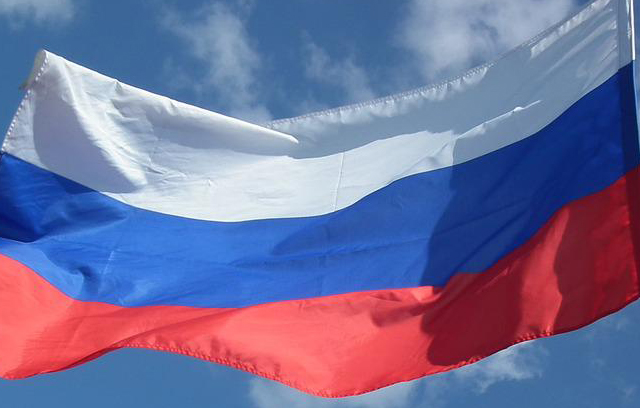Source: APKinform (Ukraine)
A shift in the Russian wheat export market is underway. New companies are now shaping the landscape and significantly influencing Russian wheat prices. These emerging players are actively setting the benchmark for export costs.
Russian Wheat Prices: Dynamics and Market Influence
Traditionally, established exporters determined Russian wheat prices. However, the arrival of new companies has introduced greater competition. Consequently, this competition is affecting the market’s pricing strategies. These new entrants are quickly gaining influence. Moreover, they are directly impacting the prices offered to international buyers. Specifically, at the start of the new season, some deals were closed at $235-$238 Free On Board (FOB).
These prices represent a notable shift. Furthermore, the impact of the new exporters is more broadly felt. Several factors are contributing to this changing dynamic. Firstly, the new players often have different cost structures. Secondly, they may pursue different profit margins. Therefore, these differences result in more aggressive pricing strategies.
As a result, established exporters need to adapt to stay competitive. For example, some deals for August shipment were offered at around $240 FOB. The key is understanding the changing dynamics. Also, anticipating future trends will be crucial for success.
The dynamics will change and influence Russian wheat prices in coming months. Several large tenders are anticipated in the coming weeks. These include major importers such as Egypt’s GASC and others. Therefore, the competition will intensify even further.
This situation can benefit international buyers. They can expect more competitive offers on Russian wheat. In addition, it could potentially lead to lower import costs. The market is responding to these new forces. Indeed, it reflects the ongoing evolution of global grain trade.
Furthermore, the Russian government monitors the developments closely. They seek to ensure market stability. The government also aims to support the agricultural sector. This monitoring is particularly relevant in the context of the new harvest season.
Ultimately, the emergence of these new exporters is changing the Russian wheat market. It is reshaping the landscape and impacting Russian wheat prices. The long-term implications remain to be seen. However, the initial signs suggest a more competitive and dynamic market. This, in turn, benefits buyers globally.

